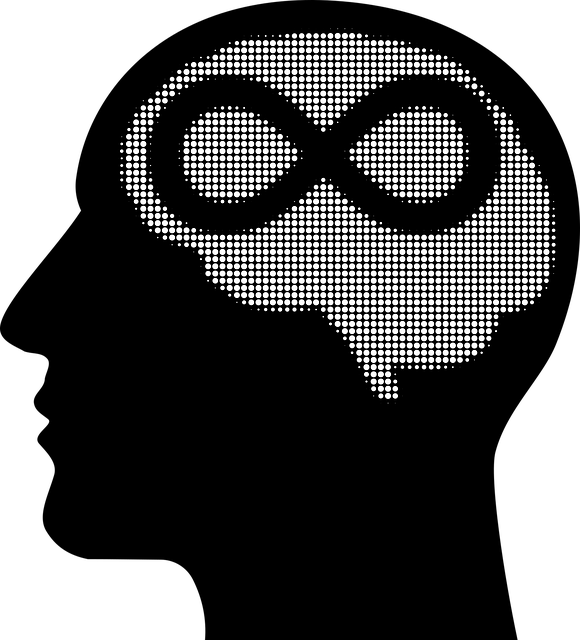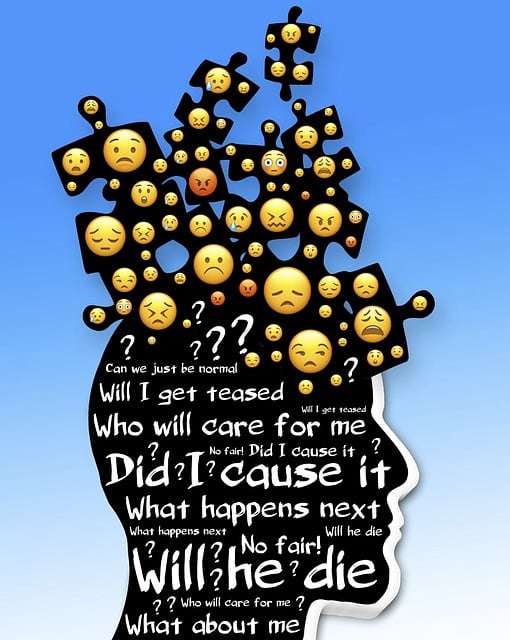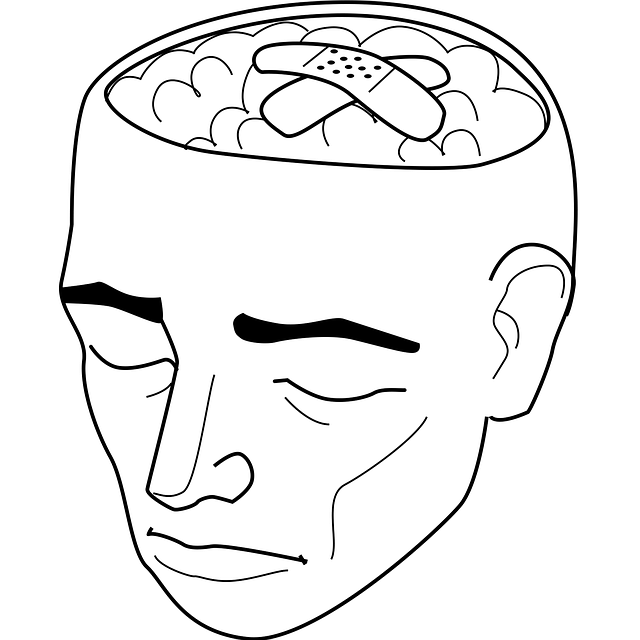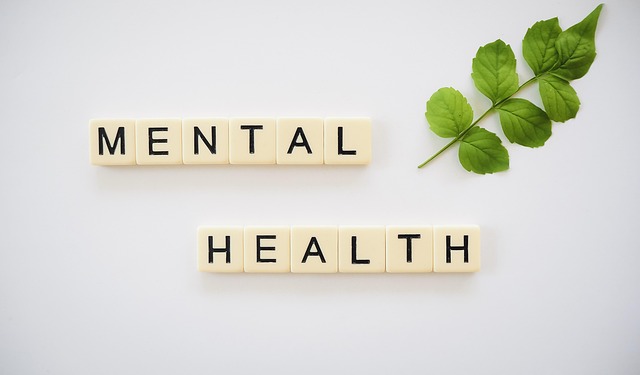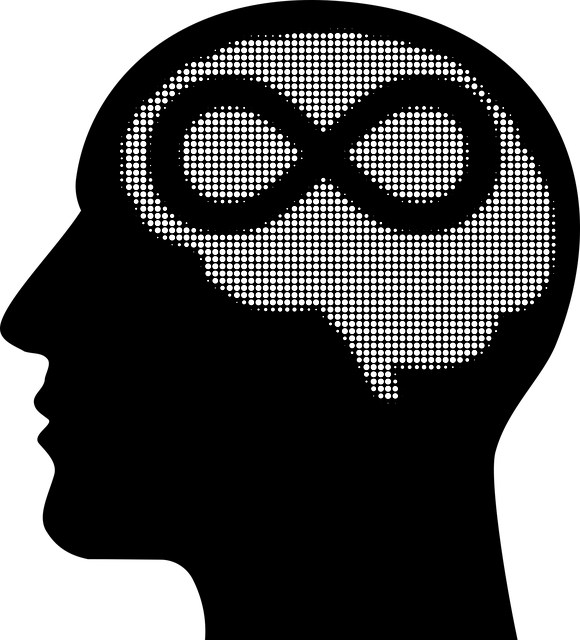Community outreach programs are vital for addressing mental health issues, especially complex conditions like Dissociative Disorder (DD), by providing culturally sensitive spaces for dialogue and support. Tailored strategies focus on self-care, resilience building, and risk assessment, targeting specific demographics' unique challenges, including Parker Dissociative Disorder Therapy (PDDT). Engaging communities through events, workshops, and peer support groups raises PDDT awareness, breaks stigma, and encourages early intervention. Success is measured by mental health outcome improvements and burnout prevention for healthcare providers, fostering long-term positive changes in well-being.
Community outreach programs play a pivotal role in extending mental health support to diverse populations. This article guides you through the process of implementing such initiatives, focusing on strategies tailored for addressing dissociative disorders like Parker Dissociative Disorder Therapy. We’ll explore effective design steps, engaging community practices, and evaluation metrics for success. By embracing these insights, mental health professionals can enhance accessibility and improve outcomes for those in need.
- Understanding Community Outreach for Mental Health Support
- Designing Effective Programs: A Step-by-Step Guide
- Engaging the Community: Strategies and Best Practices
- Measuring Success: Evaluation Metrics for Outreach Programs
Understanding Community Outreach for Mental Health Support

Community outreach programs play a pivotal role in addressing mental health concerns within diverse populations. Understanding community outreach involves recognizing its potential to bridge gaps between specialized mental health services and those who may face barriers to access, such as individuals with complex conditions like Dissociative Disorder (DD). DD, including subtypes like Parker Dissociative Disorder Therapy, significantly impacts daily functioning and requires tailored support systems.
Effective outreach initiatives focus on creating accessible, culturally sensitive environments where individuals can openly discuss their mental health struggles. These programs often incorporate elements of self-care routine development for better mental health, resilience building, and risk assessment for professionals to ensure safety and effectiveness. By fostering connections, these initiatives empower individuals to seek the necessary support and treatment, ultimately enhancing community well-being.
Designing Effective Programs: A Step-by-Step Guide

Effective community outreach programs require careful design to resonate with diverse populations and address specific needs. A successful step-by-step guide involves identifying target demographics, understanding their unique challenges, and tailoring interventions accordingly. For instance, when addressing mental health issues like Parker Dissociative Disorder Therapy, it’s crucial to incorporate specialized crisis intervention guidance tailored for various age groups and cultural contexts.
The process should also include developing engaging activities that promote emotional regulation and stress management techniques. This might involve workshops, support groups, or interactive online sessions. By following this strategic approach, community outreach initiatives become more impactful, fostering a sense of belonging and empowering individuals to manage their well-being effectively.
Engaging the Community: Strategies and Best Practices

Engaging communities is a vital step in implementing successful outreach programs, especially when addressing mental health concerns like Parker Dissociative Disorder Therapy (PDDT). Effective strategies involve fostering open dialogue and creating safe spaces for individuals to share their experiences and seek support. Community events, workshops, and peer-led support groups can serve as powerful platforms to raise awareness about PDDT and other mental health challenges, breaking down stigma and encouraging early intervention.
Incorporating best practices such as Self-Care Routine Development for Better Mental Health and Resilience Building into outreach initiatives is essential. These practices empower individuals to take charge of their well-being, enhancing their ability to cope with life’s challenges. Additionally, conducting regular Risk Assessment for Mental Health Professionals ensures that support systems are in place to safeguard both clients and practitioners involved in these outreach efforts.
Measuring Success: Evaluation Metrics for Outreach Programs

Measuring success is a vital aspect of any community outreach program, ensuring that efforts are effective and positively impact the target population. For programs focusing on mental health initiatives like Parker Dissociative Disorder Therapy, evaluation metrics should go beyond basic participation rates. A comprehensive approach could include tracking improvements in mental health outcomes, such as reduced symptoms of anxiety or depression, increased social integration, and enhanced coping mechanisms. These metrics can be achieved through pre-and post-program assessments, client feedback surveys, and qualitative interviews.
Incorporating Burnout Prevention Strategies for Healthcare Providers and Mental Wellness Coaching Programs Development within these outreach initiatives is beneficial. By evaluating resilience building and overall mental wellness, programs can adapt and improve their services. This ensures that the community receives tailored support, fostering long-term positive changes in mental health and well-being.
Community outreach programs play a pivotal role in enhancing mental health support, especially for marginalized groups. By implementing effective strategies as outlined in this article, such as tailored programs, community engagement, and robust evaluation, we can significantly improve access to care. Parker Dissociative Disorder Therapy serves as a compelling example of how targeted outreach can transform lives. Ultimately, fostering strong community connections is key to creating a more inclusive and supportive society for everyone’s mental well-being.
